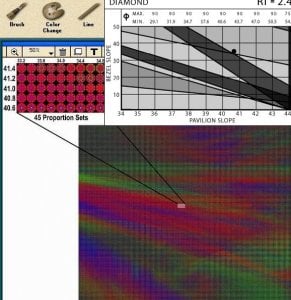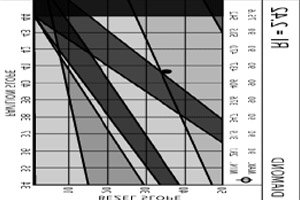- Joined
- Aug 15, 2000
- Messages
- 19,149
I just noticed the patterns in this chart from AGS for various crown and pavilion angles - see the similarity with Bruce Hardings revolutionary work from the mid 1970''s?
Click on the diamond chart at the boottom here
http://www.gemology.ru/cut/english/faceting/f5.htm#
To read the entire (brief and typically Bruce - to the point) article here:
http://www.gemology.ru/cut/english/faceting/index.htm

Click on the diamond chart at the boottom here
http://www.gemology.ru/cut/english/faceting/f5.htm#
To read the entire (brief and typically Bruce - to the point) article here:
http://www.gemology.ru/cut/english/faceting/index.htm










300x240.png)